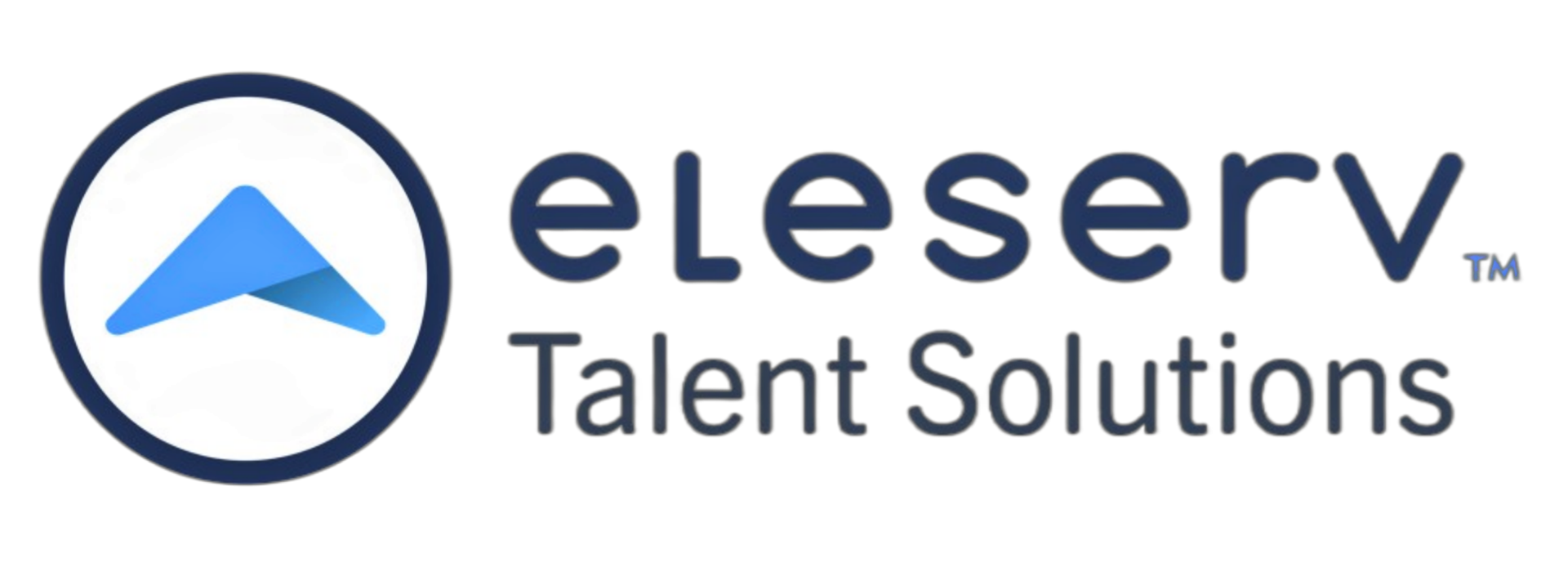Transform into a Skills-Based Workplace
Transform Your Organization Into a Skills-Based Powerhouse
Are you ready to break away from the confines of traditional job-based roles and revolutionize your organization? Consider transforming your organization into a skills-based one, a system that identifies, nurtures, and utilizes the abilities of its team members, aligning with the organization's goals and needs. This model encourages continuous learning and growth, fostering flexibility, adaptability, and innovation within your business.
According to the study conducted by Udemy,udemy-business-workplace-2.0-promise-skills-based-organization.pdfamong employees whose companies have begun the transition to a skills-based strategy, 68% report observing tangible outcomes.
Why Transform into a Skills-Based Organization?
Boosted Productivity: By prioritizing skills rather than job titles, employees can optimize their strengths and take on tasks within their realm of expertise, enhancing productivity and efficiency.
Improved Employee Engagement: Providing opportunities for constant learning and varied responsibilities heightens employee engagement, contributing to higher job satisfaction, better retention rates, and a positive work culture.
Efficient Talent Management: Recognize talent based on individual capabilities rather than traditional hierarchies or tenure, ensuring optimum identification, development, and utilization of talent.
Increased Adaptability: In the fluctuating business landscape, skill-focused organizations are more agile to meet the changing market demands.
Innovation: A skill-centered approach triggers a more innovative mindset among employees, birthing new ideas, processes, and products that propel the organization forward.
How do I get started building a skill-based organization?
Step 1: Define your Skills Needs. This can be done by using strong competency models and defining what skills are required for the organization to succeed.
Step 2: Assess employee skills: Once you have defined your skill needs, you need to assess the skills of your current employees to identify what skills are present in your current employees. This can be assessed by using skills tests, surveys etc.
Step 3: Develop a skills map: Plotting both the skills your employees currently possess and the skills that your organization needs for future success on a skills map is a valuable tool for helping your organization to understand the major gaps between what is currently onboard and what is needed to be successful in the future.
Step 4: Implement a skills-based hiring process. In a skills-based hiring process, job titles and past experiences become less relevant and replaced by a focus on demonstrated skills and potential for growth. Hiring decisions are made based on who possesses the skills needed for the role, regardless of job history or title.
Step 5: Foster a culture of continuous learning: In a skills-based organization, learning is prioritized and becomes a new way to work. Encouragement to develop new skills throughout their careers is the focus. This can be done through a combination of formal training programs, mentoring programs, and online learning resources.
Key characteristics of a skills-based organization:
Skills tracking and management: Once you have assessed the skills of your employees,that data is readily available in a skills map that is easily accessible and skills gaps are visible so that the organization can work on developing those skills gaps.
Work assigned based upon skills and abilities: Work assignments become based on skills rather than job title or position. This enables organizations to build more agile teams that can flex at a moment's notice.
Culture of Learning and Development:
Embracing a culture of continuous learning can help organizations adapt to changing market demands, foster innovation and retain top talent
How To Become A Skills-Based Organization: An Expert's Guide - People Managing People
Get C-suite buy-in by building a business case.
link to guide on how to build a business case for skills based org.
Assess employee skills and develop a skills framework.
Introduce a talent marketplace
Implement skills-based workforce planning
Define a skills taxonomy assess employee skills, and develop a skills map
Foster a culture of continuous learning
How Can Eleserv Talent Solutions Assist?
We provide a comprehensive solution to build a skills-rich organization.
Skills Assessment: Thorough evaluations of employees' current skills, gaps or areas for improvement are clearly identified. Our vast library of standard skills tests as well as ability to create customized tests ensures that your organization is able to effectively assess skills that your organization requires for success
Training & Development: Customized training programs based on assessment results help employees develop essential skills for their roles and future growth. These training programs can be modified to your requirements to ensure that your organization can effectively develop skills to close those gaps.
Performance Management: Our system accentuates individual competencies and progress rather than job titles for a more accurate representation of employee capabilities.
Succession Planning: Identification of high-potential employees and creation of tailored development plans to prepare them for future leadership roles. This ensures your organization is ready to handle key employee departures.
Talent Acquisition & Retention: Assistance in attracting and retaining top talent by promoting career growth opportunities and building a positive work culture that values skills over traditional hierarchies.
Transform your organization into a skills-based powerhouse with Eleserv Talent Solutions and stay ahead in today's rapidly evolving business landscape. Contact us today and let's begin this transformative journey to a skills-based organization together!


